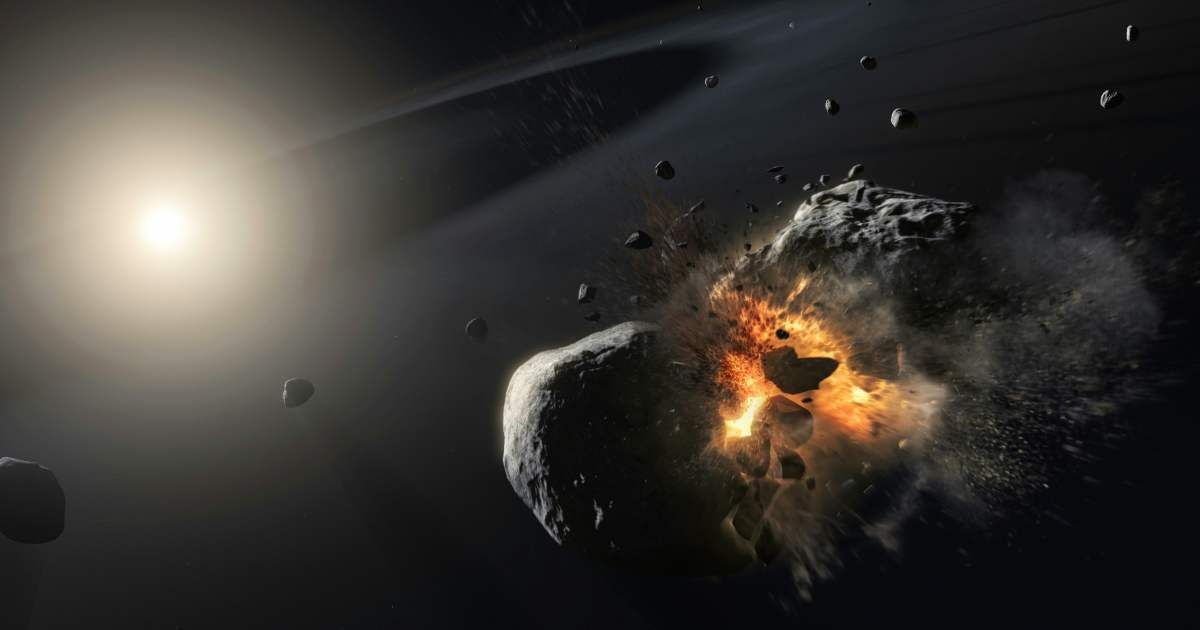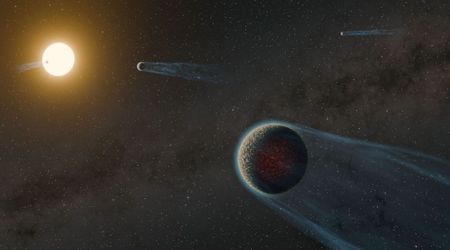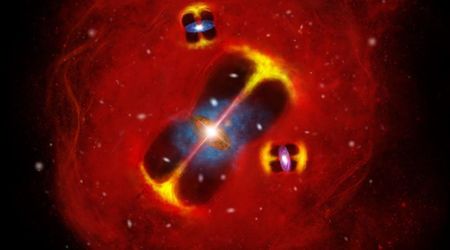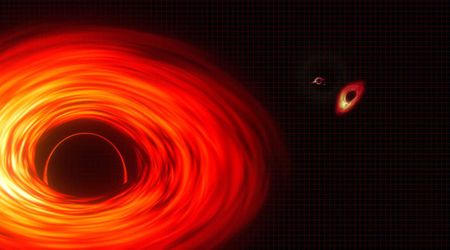Asteroid to hit our Moon? Scientists consider destroying 220-foot asteroid 2024 YR4 before it is too late

Scientists are debating a high-stakes mission to intercept and potentially destroy a 220-foot-wide asteroid, 2024 YR4, which poses a small but growing threat of colliding with the Moon in December 2032, according to a study published on the arXiv pre-print server.

First detected in late 2024, the asteroid's path initially raised concerns of an Earth impact, a possibility that was later ruled out. However, recent observations by the James Webb Space Telescope show the asteroid's trajectory could instead lead to a lunar collision, a scenario with potentially dangerous consequences for missions in low Earth orbit. A lunar impact could send a massive cloud of lunar debris, ejecta, into space, a portion of which would enter Earth's orbit. According to recent studies, this debris could increase the micrometeoroid threat to orbiting spacecraft and astronauts by up to a thousand times for several days.
The new research emphasizes that a full-scale destruction mission is considered a viable, albeit complex, option. The paper highlights two distinct methods for neutralizing the asteroid, both of which are technically feasible within the given timeframe, according to Universe Today. The first method, kinetic disruption, involves a heavy-duty spacecraft designed to intentionally collide with the asteroid. Unlike the recent DART mission, which successfully nudged an asteroid off course, this approach would be engineered to shatter 2024 YR4 into smaller, manageable fragments.

The second method invokes a concept familiar to Hollywood thrillers: nuclear disruption. This would entail detonating a nuclear device at a specific distance from the asteroid’s surface, a technique known as a “height of burst” explosion. The research indicates that a 1-megaton nuclear device, a capability well within current global arsenals, would be powerful enough to fully obliterate 2024 YR4, regardless of its size. A reconnaissance mission would still be critical to gather the data needed to precisely tailor the blast.

The proposed missions face a tight schedule. Reconnaissance probes would need to launch as early as late 2028 to gather critical data, leaving a development window of just over three years, per the study on the arXiv pre-print server. For a kinetic disruption mission, launches would be required between April 2030 and April 2032, while a nuclear option would need to launch between late 2029 and late 2031. Even if the lunar impact threat is ultimately dismissed, scientists note a reconnaissance mission to study 2024 YR4 would still provide invaluable data on this unique near-Earth object.
This research is a crucial step in planetary defense, a field dedicated to safeguarding humanity from the existential threat of a catastrophic cosmic impact. While the likelihood of such an event is low, the potential for a global catastrophe underscores the importance of a proactive and prepared international strategy. This work demonstrates that with adequate warning and international cooperation, we have the technological means to avert potential disasters, ensuring the safety of astronauts and the continued functionality of the satellites that modern society depends on.
More on Starlust
Massive asteroid once feared a threat to Earth set for close flyby on September 18
'God of Chaos' asteroid would be visible to the naked eye in a once-in-a-millennium celestial event









